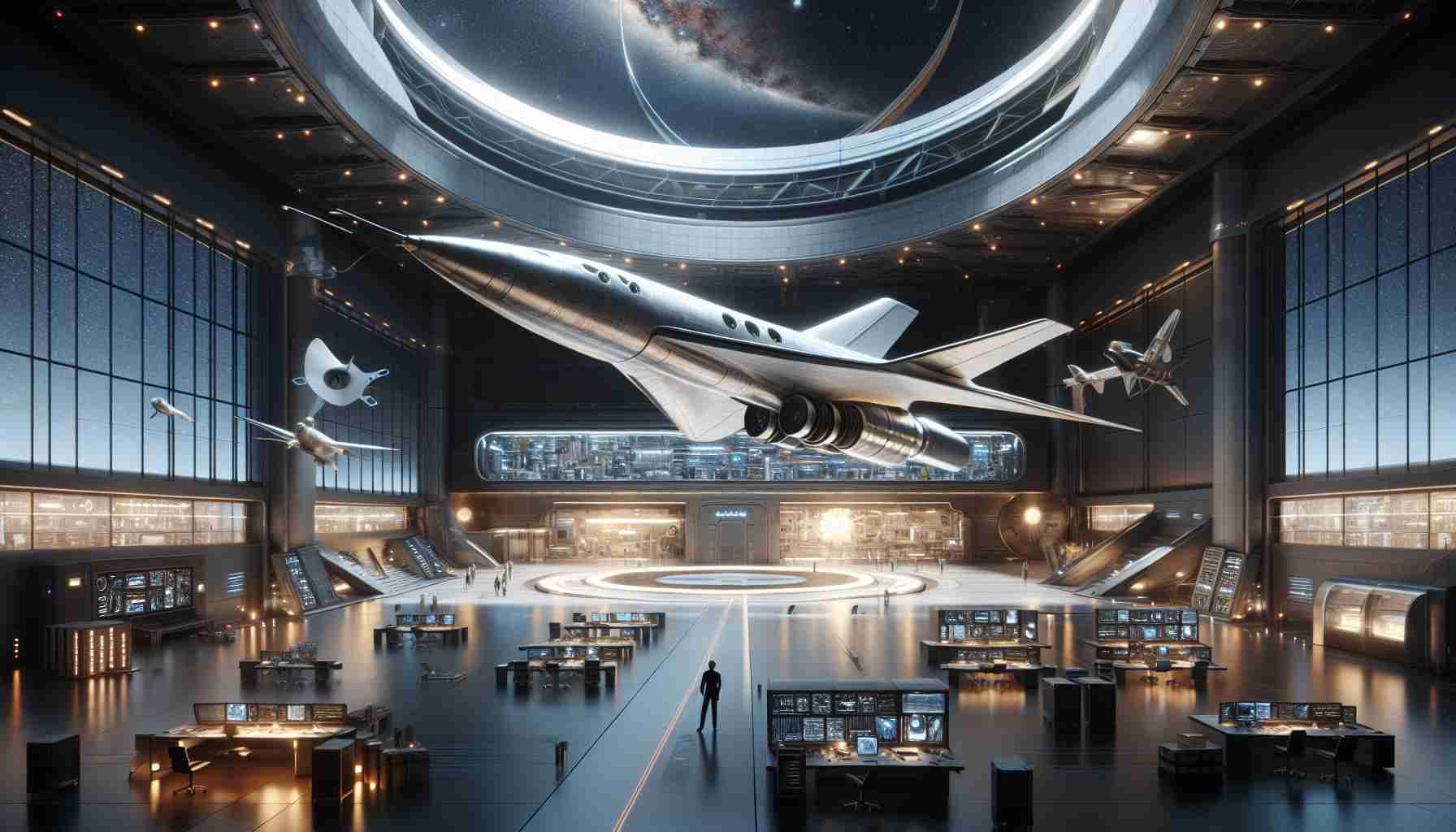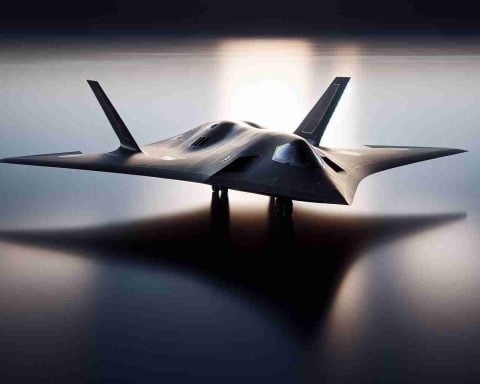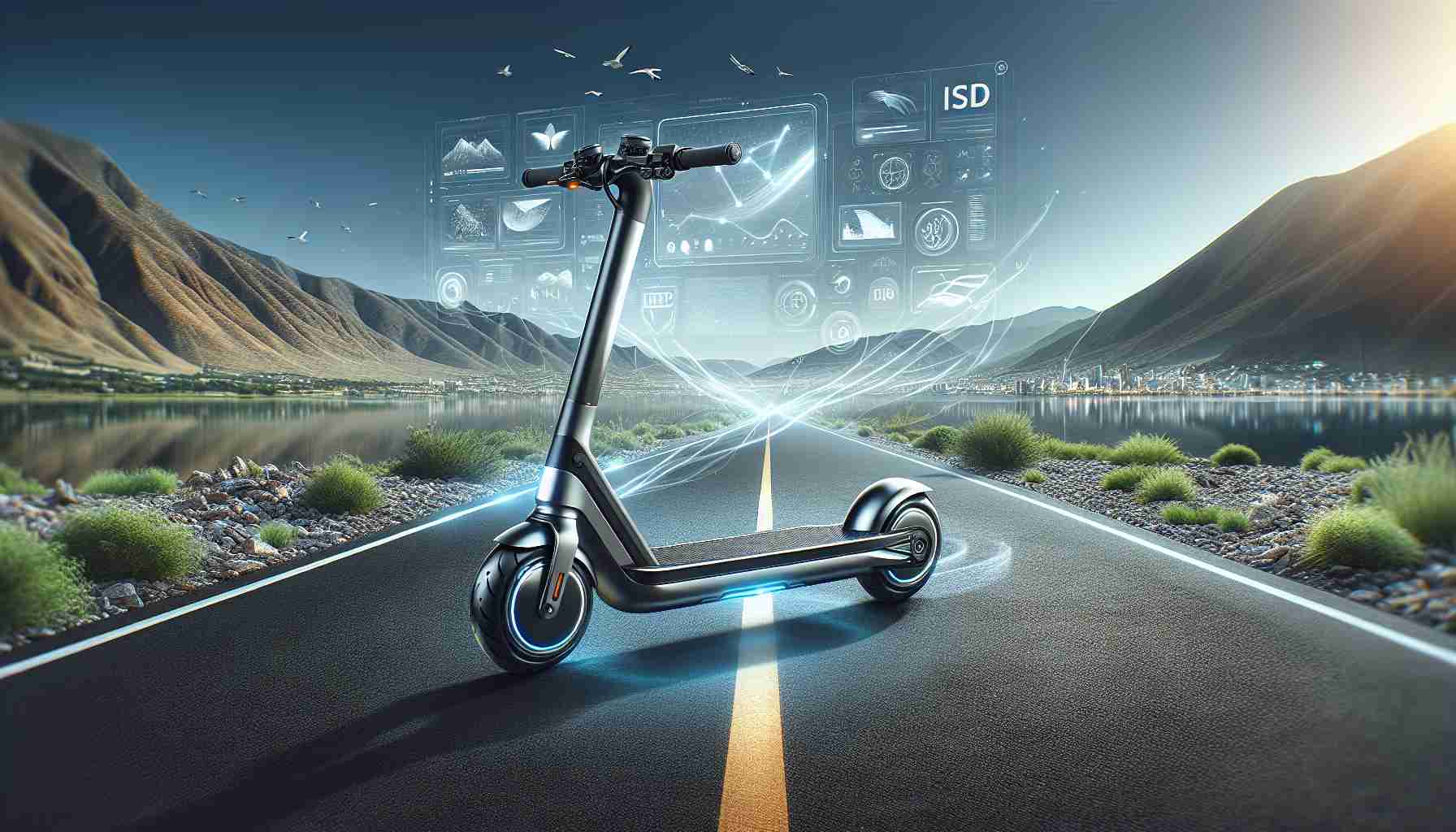In the late 1990s, the X-33 was at the forefront of NASA’s ambitious space endeavors. It was conceived as a powerful, cutting-edge spaceplane poised to revolutionize space travel with a reusable launch vehicle. Despite its eventual cancellation in 2001, the project’s groundbreaking concepts may be finding new life in today’s technology.
The X-33 was a visionary spaceplane, intended to usher in a new era of cost-effective and efficient space missions. It featured the pioneering Linear Aerospike Engine and an advanced composite fuel tank. These innovations were expected to significantly lower the cost of sending payloads into low Earth orbit. While structural and technological hurdles led to its abandonment, its legacy lives on.
Today, new technologies seem to echo the X-33’s innovations. Private aerospace companies are revisiting concepts similar to the aerospike engine, which promises greater efficiency by adjusting thrust in response to varying atmospheric conditions. Moreover, composite materials initially developed for the X-33 play a crucial role in making modern rockets lighter and more resilient.
The resurgence of interest in reusable spacecraft, demonstrated by companies like SpaceX and Blue Origin, highlights the X-33’s lasting influence. These ventures tap into the reusable launch paradigm the X-33 once sought to achieve, with visions similarly focused on reducing costs and increasing accessibility to space.
The X-33 may not have launched, but its spirit finds a new trajectory in the evolving landscape of space exploration, potentially shaping the future of how humanity reaches beyond the stars.
The Enduring Legacy of the X-33: Revolutionizing Space Exploration and the Future of Humanity
The visionary attempts of the late 1990s X-33 project, despite its cancellation in 2001, have left a lasting imprint on modern space exploration. Its core innovations, such as the Linear Aerospike Engine and advanced composite materials, are being integrated into the technologies powering today’s ambitious aerospace endeavors. This not only underscores the importance of the X-33’s groundbreaking concepts but also raises intriguing questions about the impact of such technological advancements on the environment, humanity, and the economy.
The adaptation of the Linear Aerospike Engine in contemporary projects represents a significant step forward in propulsion efficiency. One of the environment-related benefits of this technology is its potential to minimize the amount of fuel required for launches, thereby reducing the carbon footprint associated with sending objects into space. This increased efficiency could lead to more sustainable space exploration practices, a crucial consideration as the global community becomes ever more conscious of the environmental impact of its endeavors.
The influence of composite materials, originally intended for the X-33, is profound in reducing the weight and increasing the resilience of modern rockets. These materials have found applications beyond aerospace, impacting fields such as transportation and construction. They contribute to making vehicles lighter, which potentially leads to reduced energy consumption and lower emissions. This crossover of technology accentuates the interconnectedness between space exploration and terrestrial applications, showcasing how advancements in one sector can spur growth and development in others.
Economically, the resurgence of interest in reusable spacecraft can stimulate industries and create new opportunities. As companies like SpaceX and Blue Origin work towards reducing the costs of reaching space, the financial barriers to entry for other companies and countries can decrease. This democratization of space could lead to an economic boom akin to the technology revolutions witnessed in personal computing and the internet, with numerous sectors benefiting from increased access to space-derived data and technologies.
Looking towards the future, these developments hold profound implications for humanity. The continuation of the X-33’s legacy through modern technology enhances our capability to explore and colonize outer space. With costs lowered, missions to the Moon, Mars, and beyond become more feasible, potentially laying the groundwork for human settlement beyond Earth. Moreover, the technological advancements birthed from space exploration may catalyze innovations that address global challenges such as sustainable energy, resource scarcity, and climate change.
In conclusion, while the X-33 project itself may have never taken flight, its foundational ideas have propelled the space industry into new realms of possibility. The ongoing refinement of its technologies not only impacts the environment by fostering more sustainable practices but also stimulates economic growth and opens new avenues for human advancement. As humanity continues to push the boundaries of what is possible, the legacy of the X-33 will undoubtedly play a pivotal role in shaping a future where space exploration becomes a natural extension of human endeavor.
Reviving Past Innovations: The X-33’s Influence on Modern Space Travel
In the dynamic world of space exploration, past innovations often pave the way for future advancements. The X-33, a bold yet unfinished project from NASA in the late 1990s, serves as a testament to this phenomenon. Although never completed, the X-33’s pioneering technologies continue to inspire modern developments within the aerospace industry.
How the X-33 Influences Today’s Aerospace Technologies
Aerospike Engines Making a Comeback:
The X-33’s ambitious design incorporated the revolutionary Linear Aerospike Engine, renowned for its potential to enhance efficiency by modifying thrust based on atmospheric pressure. Currently, several private aerospace companies, including SpaceX and Blue Origin, are experimenting with similar engine technologies, exploring their capabilities to maximize fuel efficiency and reduce launch costs.
Advanced Composite Materials:
The X-33 underscored the crucial role of composite materials in crafting lighter and more durable spacecraft. These materials, which were groundbreaking at the time, are now standard across the industry. Their continued evolution enables today’s rockets to be lighter, more robust, and capable of carrying heavier payloads.
Modern Market Trends: The Rise of Reusable Spacecraft
Reusable Spacecraft Paradigm:
The concept of reusable launch vehicles championed by the X-33 project lives on with today’s industry leaders. SpaceX’s Falcon and Starship vehicles, alongside Blue Origin’s New Shepard and New Glenn, exemplify this trend. These companies’ commitment to reusable technology aims to considerably lower costs and democratize access to space, echoing the visionary aspirations of the X-33.
Challenges and Innovations in Spacecraft Design
Pros and Cons of Reusable Technologies:
While reusable spacecraft offer economic and environmental advantages, such as lower material waste and reduced launch costs, they also present challenges. Designing for repeated use necessitates frequent maintenance and stringent safety measures, which can increase complexity and overhead.
Innovations in Spacecraft Safety:
Modern developments emphasize safety, learning from the X-33’s limitations. Contemporary vehicles incorporate advanced safety systems and materials capable of withstanding the rigors of repeated space travel while preserving crew and cargo integrity.
Sustainability Aspects of Reusable Spacecraft
The resurgence in reusable spacecraft is not just economically motivated; it’s part of a broader push toward sustainability in space travel. By reducing the need for new materials for each launch, reusable vehicles minimize space debris, exemplifying a more eco-friendly approach.
Future Prospects and Predictions
As space technology continues to evolve, the core principles of the X-33 will likely influence new ventures. Predictions suggest that ongoing advancements in engine efficiency and composite technology will further lower the barriers to space access, leading us into a future where space travel becomes a regular part of human endeavor.
The legacy of the X-33 reflects a pivotal moment in space exploration, where past innovations inspire present and future breakthroughs, propelling humanity ever closer to the stars.

















